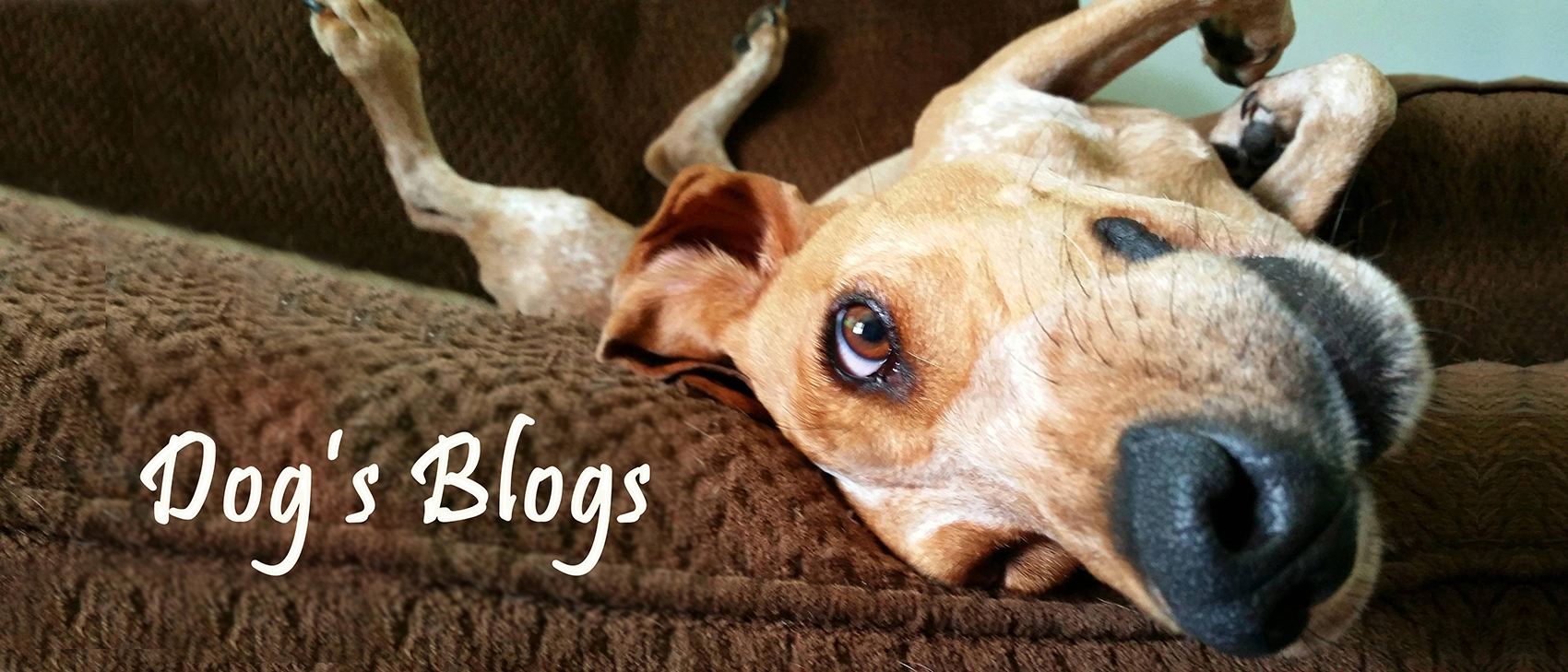Did you ever have an image in your mind of sitting relaxed in your family home and enjoying watching your children play with the family dog? I bet it didn’t include sharp puppy teeth, petrified little girls and bloody scratches, did it? Well now that it’s all happening, let’s get started on some damage control…
Firstly,
DON’T think that your children are going to rank higher than your dog in the pack’s pecking order. Your dog knows the age of your children and the level of their maturity. They will never be above the dog in the hierarchy, in the dog’s eyes. There’s nothing to fear and nothing wrong with that. Your dog is going to be mature enough at a very early age (8-16 months depending) to deal responsibly with your children and to follow your guidelines about interacting with them.
DO act like the ‘policeman’ who makes sure that every member of your pack follows your instructions on how to treat the other pack members. Do intervene and stop the dog from bullying your child (or vice versa!). If you do not intervene, you will appear as a weak pack leader –or simply not as a leader.
DON’T let the children consider the dog as a toy who has no right to say no.
DO provide a space where your puppy can rest and be left alone. Typically if the dog is in it’s bed, or hiding under the coffee table, you would instruct your children not to touch it.. In my experience, children develop a much healthier and more respectful attitude to the dog if they take part in the practical care taking. Poop scooping, brushing and feeding – it all counts.
DON’T let young children pick up the dog in their arms or carry it around all the time. It’s exhausting for the dog and it will soon become tired and grumpy. It will be likely then to start growling or snapping at your children.
DO instruct small children that they can only pick up the dog in their arms if they are sitting flat on the ground. This position tends to calm the child and help it focus on holding the dog properly. It’s also a lot less scary and stressful for the dog if it feels confident enough to wiggle out of the grip and safely jump to the ground.
DON’T up your energy in order to calm your dog. If you are playing together and you yell out ‘No!’, try to push away the dog with your arms, tap the dog over the nose, or try to run away, you will most likely excite your dog further. Its play will only intensify. The same will happen with your children, but possibly even more dramatically, because your dog thinks of them as equals and playmates.
DO teach your children to stand up straight, put their hands on their shoulders and turn away from the dog. Your dog may make a small attempt to continue playing, but your childrens’ body language clearly says no. Becoming bored, your dog will soon look elsewhere for fun. You can use the same technique yourself so that your dog learns to read the message even faster.
DON’T let your dog and your children play together without having put some guidelines in place first. Especially if this involves toys. It can get out of control very quickly.
DO teach your children to always hold dog toys below their waist. If they hold them up at head height, they will soon have dog teeth and dog claws flying around their face.
DON’T let the living room become a race track.
DO insist that all boisterous play must happen outside in the garden. Then make yourself a cup of tea and sit back to enjoy the quiet, while it lasts.


